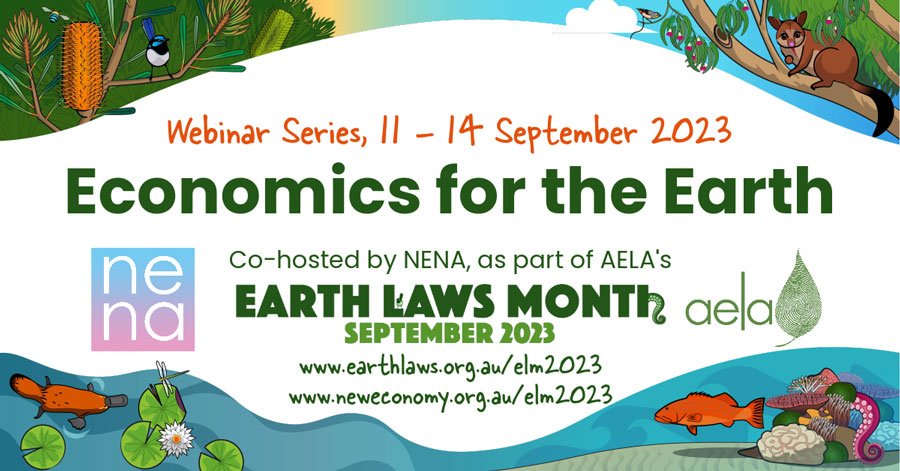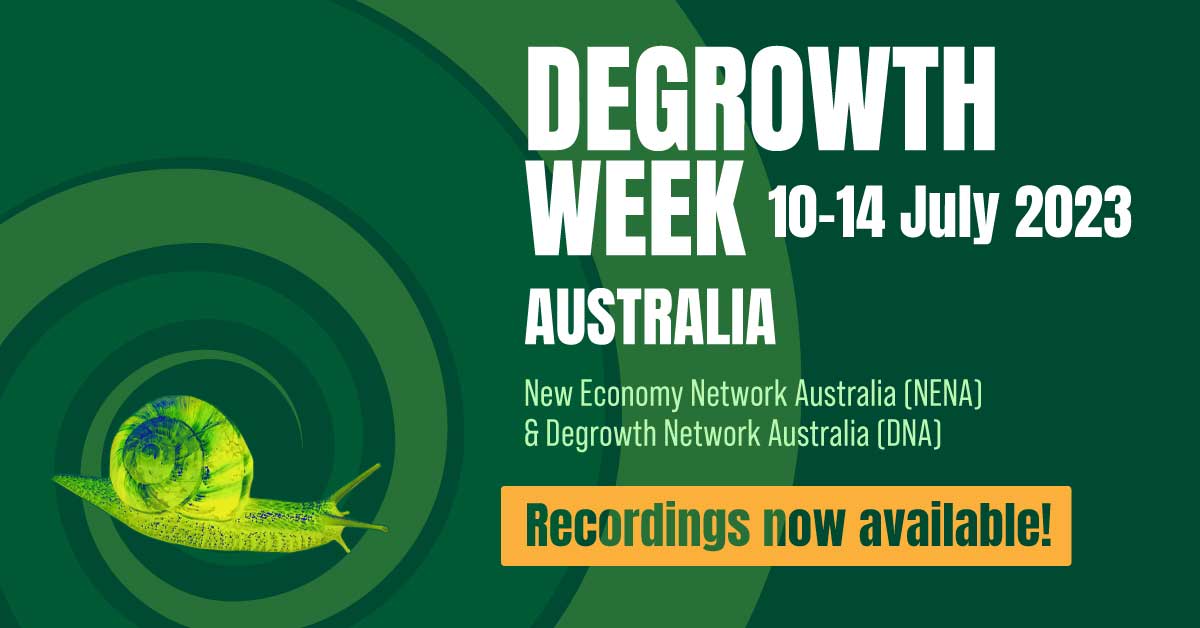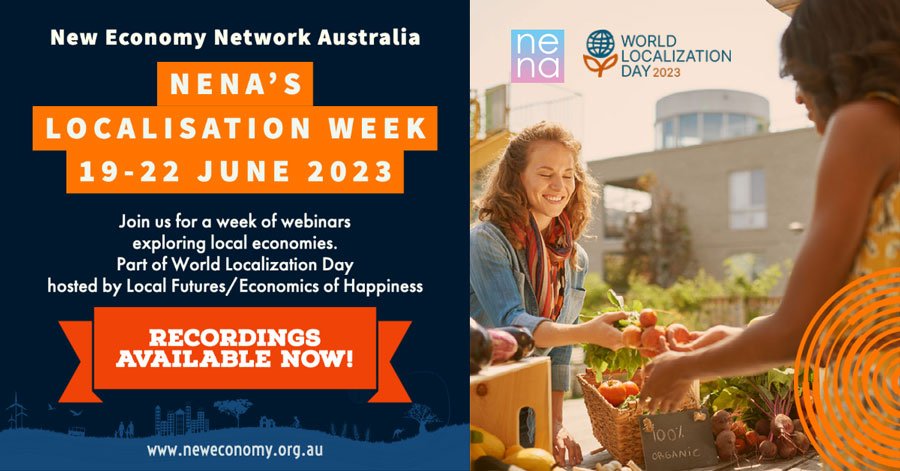This is a brief summary of Professor Tor Hundloe’s book, Environmental Impact Assessment: Incorporating Sustainability Principles, which was published by Palgrave Macmillan in 2021.
While we continue to strive for a steady-state economy, we must not neglect what we can achieve by having mainstream economists---in particular, those who advise governments---adhere to conventional, mainstream economic principles.
We can do much by ensuring these principles are applied in environmental impact assessments (EIAs). It is over 50 years ago that this concept was introduced in America in the famous National Environmental Policy Act (NEPA) statute. Not long after in 1974, the late Moss Cass , Australia's first Environment Minister, introduced EIA in Australia. Then after the release of the Brundtland Report in 1987, sustainable development was made the overriding paradigm for EIAs.
The promise of far better, scientifically- based decisions did not eventuate. In fact, my analysis in this book highlights the serious flaws in present-day EIAs; a classic case was the claim in the Adani coal mine EIA that 10 000 jobs would result , but when challenged in a court case, the Adani representative admitted that the real number was about one seventh, around 1500 jobs! [1]
Considerable progress towards improved environmental outcomes and sustainability is possible if, for example, all externalities are dealt with by taxing or prohibiting them. For readers not familiar with economic jargon, an "externality" is a cost to society which is not paid for by producers or consumers. For example, the time will come if climate change is not controlled, that innocent people will face the cost of extreme climate events because there has not been a reduction in fossil fuel emissions, something which could have been achieved by a carbon tax. There are numerous other examples of externalities being managed ineffectively. For example, plastic is still being disposed of inappropriately and ending up in waterways, because the cost imposed on plastic is not high enough to provide an incentive to recycle it.
A key message when confronted by an externality is to seek an alternative method of producing the product or service we are seeking--solar, wind or hydro-electric generation of electricity. Fortunately, even without a carbon tax , the favourable economics of these alternatives is pushing coal generation aside.
Externalities are the common, and easy problem, compared to others where conventional economics is not applied. Consider the depletion of non-renewable resources such as minerals in the ground and agricultural soils. The latter we can sustain by changing farming practices; however, when it comes to our exploitation of minerals, we have to be realistic and accept that we will continue to mine minerals until the day comes when they are exhausted. At that stage we are worse off economically unless we have invested the profits and rents/royalties from mining in a sovereign wealth fund. Forward-looking governments do this.
That caveat excludes Australia.
The lesson here is that if we are serious about intergenerational equity--that is, ensuring the material and otherwise well-being of future generations--- we need to provide them with a means of replacing the income earned from mining, and that is a sovereign wealth fund.
Then there is the matter of intra-generational equity. This is the most neglected of economic matters. We need to keep reminding ourselves that the Brundtland Report called for economic growth for the desperately poor of the world. The benefits and costs of any major environmental project should be considered according to who bears these costs, and this should underpin our decision making.
References
[1] Hundloe, T. (2021). Environmental Impact Assessment: Incorporating Sustainability Principles. Palgrave Macmillan. ISBN:978-3-030-80942-3.
















